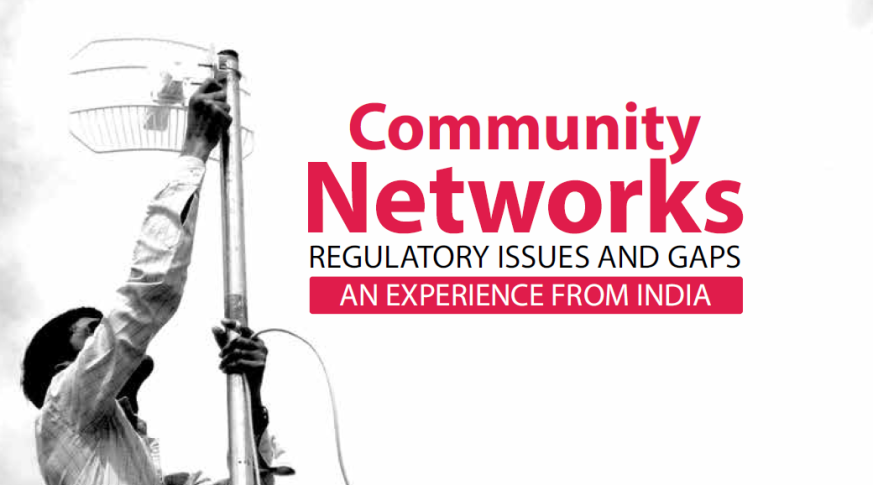
The emergence of a global “information society” is driven by the continuing development of converging telecommunications, multimedia broadcasting, and information technologies linked together by the internet. The flow of information facilitated by the internet strengthens democratic processes, stimulates economic growth, and allows for cross-fertilisation of knowledge exchange and creativity in a way never seen before. However, not everyone is able to benefit from this revolution yet, and many remain excluded mainly as a result of limited coverage of affordable broadband access and services. Efforts to address this situation at a small scale at a local level often face a number of challenges in obtaining the necessary permits and resources – in particular for licences and access to backhaul capacity, masts, and radio spectrum.
This document describes India-based Digital Empowerment Foundation’s (DEF) Wireless for Communities (W4C) network project strategy for improving the availability of affordable broadband as a case study in understanding the legal and regulatory challenges of spectrum allocation and management, licensing regulation, and bandwidth issues in India. The first section of this document maps out the common elements of these challenges among community network providers, while the next section addresses the policy, legal, licensing, regulation and bandwidth issues in India. This document investigates the efficacy of creating wireless community networks (WCNs), rural internet service providers (RISPs), or community-based internet service providers (C-ISPs), and explores policies that could help in creating widespread information infrastructure for the country to better connect the subcontinent.
The final section includes a number of recommendations for policy makers, regulatory bodies, legislators, and related stakeholders. National recommendations include suggestions to minimise regulatory hurdles for small/rural ISPs and community networks in India, and exempt such networks from certain fees and taxes, in order to promote last mile connectivity, especially by making sufficient spectrum affordably available for use by rural and remote communities. The recommendations to regional and international organisations focus on creating a more enabling policy and regulatory environment for community networks more generally, applicable to any national context, specifically by:
-
Creating and implementing minimal and proportionate regulation that is technology neutral.
-
Ensuring spectrum is available for community networks to help close digital divides, expand Internet access, develop remote and rural regions, and promote the digital economy.
-
Promoting, supporting, and disseminating the adoption of the community network model through their existing communications channels.
-
Implementing/expanding universal service funds so that community networks can draw from them in order to build infrastructure, develop networks, and maintain and scale operations.